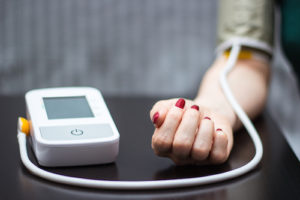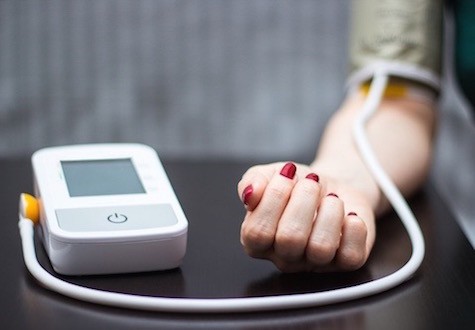
The American Heart Association and the American College of Cardiology introduced new guidelines for high blood pressure, which means many Americans who were previously categorized as having “prehypertension” will now be Stage 1.
“These changes are three years in the making. The AHA and the ACC evaluated hundreds of studies and found that even low-level hypertension does impact the body over time,” says cardiologist Brandy Patterson, MD. “It’s called the silent killer because there are few symptoms, but elevated blood pressure over an extended period can cause significant damage to the heart, brain, kidneys, eyes and more. The goal of these new guidelines is to address high blood pressure sooner, before it negatively impacts the body.”
Blood pressure categories in the new guideline are:
- Normal: Less than 120/80 mm Hg;
- Elevated: Systolic between 120-129 and diastolic less than 80;
- Stage 1: Systolic between 130-139 or diastolic between 80-89;
- Stage 2: Systolic at least 140 or diastolic at least 90 mm Hg;
- Hypertensive crisis: Systolic over 180 and/or diastolic over 120
Based on these guidelines, your doctor may recommend taking a more proactive approach to managing your blood pressure if your blood pressure is 130/80 or higher. “In general, primary care physicians are going to be more aggressive in their treatment of high blood pressure,” says Patterson.
Looking for a Cardiologist?
If you are diagnosed with Stage 1 hypertension, your doctor may initially recommend lifestyle changes, including increased exercise and a diet low in sodium and saturated fat. If your blood pressure is significantly higher than normal, or if you have other health conditions, you may be prescribed medication to keep your blood pressure in check.
